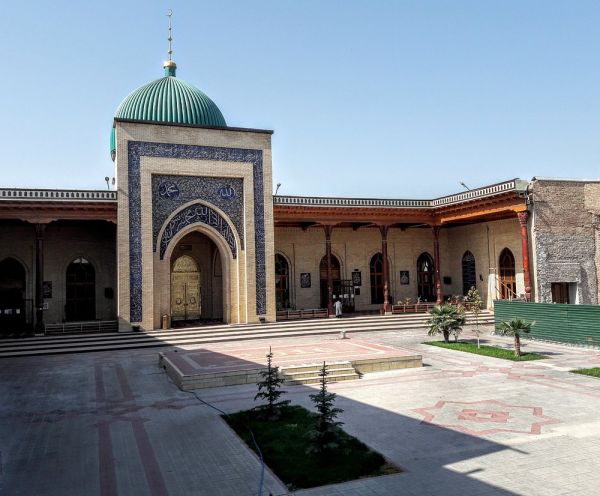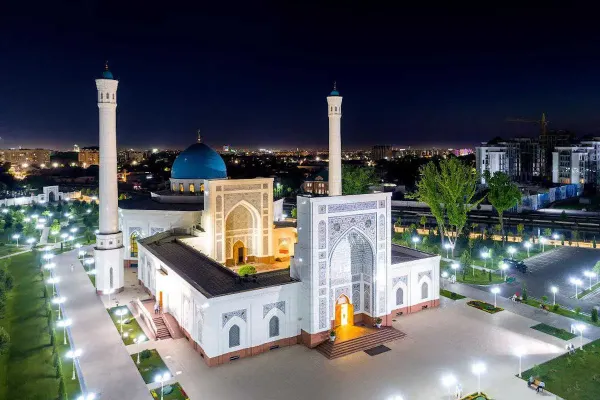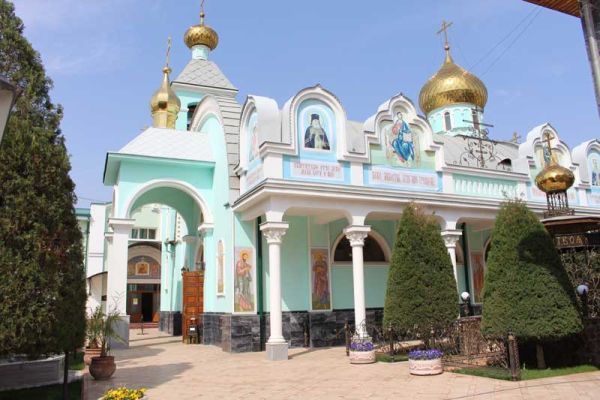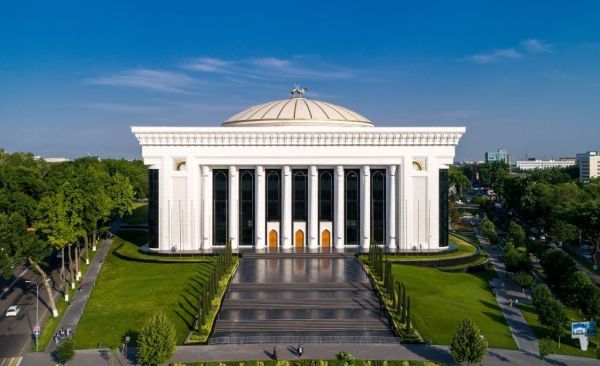Tashkent Bukharian-Jewish Orthodox Sephardic Synagogue
The Tashkent Bukharian-Jewish Orthodox Sephardic Synagogue was founded in 1906 and became an important center for Bukharian Jews who lived in Uzbekistan. This building symbolizes the rich history and cultural heritage of the Jewish community in the region.
The main features of the synagogue:
Architectural design: The synagogue is made in a traditional style, with characteristic elements of oriental architecture. It features beautiful stained glass windows, decorative elements and a cozy interior space that creates an atmosphere of spirituality and peace.
Cultural significance: The synagogue serves not only as a place for prayer, but also as a cultural center where various events are held, including holidays, educational programs and lectures. This helps to maintain the traditions of Bukharian Jews and strengthen the community.
Historical value: The synagogue plays an important role in the history of the Jewish community of Tashkent and Uzbekistan as a whole. It houses unique relics and documents related to the history of the Bukharian Jews, which attest to their cultural and religious heritage.
Spiritual atmosphere: An atmosphere of respect and peace reigns inside the synagogue. Locals and visitors of the city can come here to pray, communicate and receive spiritual guidance.
Convenient location: The synagogue is located in the center of Tashkent, which makes it accessible to visitors. This place has become popular for tourists interested in the cultural and religious heritage of the Jewish community.
Tashkent Bukharian-Jewish Orthodox Sephardic Synagogue is an important part of the cultural and religious landscape of Tashkent. It symbolizes the diversity of cultures and traditions that make up the unique mosaic of Uzbek society, and continues to be an important place for the community of Bukharian Jews.

















